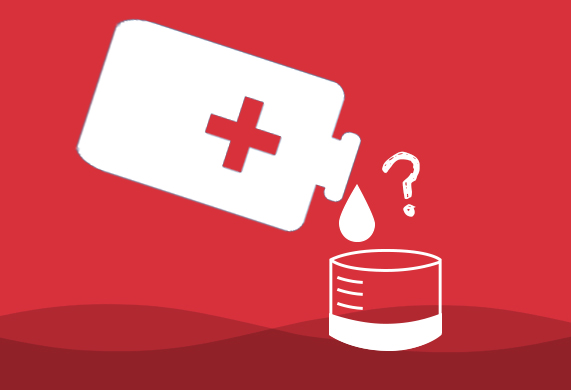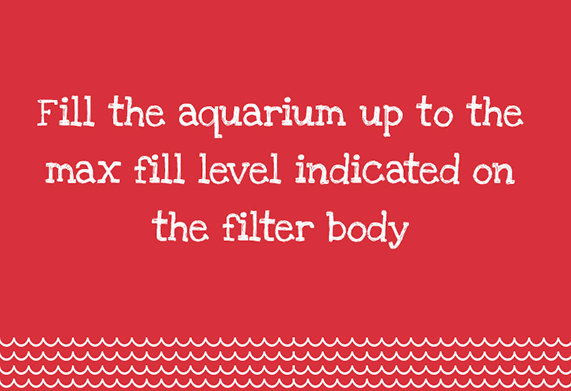General aquarium FAQs
The only question that is a silly question, is one that isn’t asked!
How do I calculate the volume of my aquarium?
The length x depth x width in metres, multiplied by 1000 will give the volume in litres.
To work this out you might need to convert inches to cm, the equation for this is 1inch = 2.54cm. For example 12 inches x 2.54 = 30.48cm. 30.48 / 100 = size in metres.
Why has my fish stopped eating?
If your fish have lost their appetite, check for physical or behavioural symptoms of illness.
Visit our Fish Doctor to diagnose what’s wrong and get to know disease symptoms which you can then address.
We would also recommend testing your water for quality issues which may have led to your fish feeling unwell.
Should I drain my aquarium?
You should never have to drain your aquarium, in fact, doing so is likely to cause more bad than good.
Any water quality problems should be easily addressed by completing small but regular water changes.
Removing large amounts of water from your aquarium will stress your fish and could also lead to filtration problems.
What is the Nitrogen cycle?
The Nitrogen Cycle is a naturally occurring cycle driven by the biological filter in your aquarium which processes waste in the water.
Watch the explainer video to understand how the cycle works and why it is important to you.
What is New Tank Syndrome or New Aquarium Syndrome?
In new aquariums, the filter is not biologically mature.
This means the essential bacteria required to nitrify the toxic waste produced by fish have not yet become established on the filter media.
We recommend the use of Fast Filter Start treatment, Filter Boosters adds bacteria, which is essential to start a healthy aquarium and cuts in half the time usually required to mature a filter.
See our full article on New Tank Syndrome.
What is ‘cycling’ a fish tank?
The term ‘cycling’ is used to refer to the process of getting the filter started and mature with the correct level of good bacteria that process fish waste.
It refers to the natural process The Nitrogen Cycle that we generate in the aquarium to break down the poisonous fish waste into safer compounds. Watch the explainer video to understand how the cycle works and why it is important to you.
How do I stop condensation in my aquarium hood?
At some time, all aquariums are likely to have condensation in the hood and this is something that cannot be completely eliminated. However, if the problem persists there are a few ways in which it can be minimised:
- Ensure there is not a big difference between the room temperature and the water temperature.
- Before opening the hood, turn on the lights, which will dry out the condensation after a period of time.
- Ensure that the condensation tray is correctly sited.
Why has the water gone cloudy?
Cloudy, or milky water can occur due to several reasons:
- General dirt and dust – usually introduced via the gravel or substrate. Ensure your filter is working well and the cartridge is replaced when it looks dirty. Using a product that clumps small particles will help speed up this process.
- Poor water quality. Although most water quality issues are invisible, there are occasions when the health of the water becomes visible and turn the water cloudy. It is important to test your water with an aquarium water test kit to establish if there are any underlying problems that need addressing. Carry out your regular water changes to maintain clean, healthy water. Link here?
- Overfeeding or over stocking (too many fish) the aquarium can also cause the water to be filled with dirt particles. Only feed your fish 2-3 times a day and only enough that they will eat in a few minutes. Any uneaten food should be scooped out with a net.
Only add the recommended amount and size of fish, see How many fish?
Why has the water gone green?
Green water is caused by tiny algae cells suspended in the water. This algae grows when there is excess light and/or food.
Test the water for high nitrate levels and address high readings with water changes and by adding live plants which use up the food.
Ensure the aquarium is not positioned in direct sunlight and turn the lights off at night to replicate a day/night cycle.
Also check that the algae is not growing on the inside of the glass (this is a different type of algae). If it is, remove using a magnetic aquarium glass cleaner. See our full page on treating Green Water.
How often should I feed my fish?
Feed fish ideally two or three times per day, as much as they will eat in a few minutes (remove any uneaten food) – more fish die of overfeeding than underfeeding so take it easy and make sure only one person in the house is feeding them!
How do I clean the algae off my aquarium?
The easiest way to do this is to use a magnetic glass cleaner, but do not get any gravel in the glass cleaner as you risk scratching the inside of the aquarium.
How long should my lights be on for?
If you have live plants they will need 8-12 hours of light to thrive. To replicate this natural day/night cycle automatically, you can plug the lights into a household timer, or add a timer if your system has one.
What plants do you recommend for this aquarium?
Take care to plan your aquarium planting (which is similar to creating a garden border) ensure that there is a variety of different height plants with the tallest at the back and shortest in the foreground.
Create clumps of plants with a variety of leaf colours, shapes and textures for best effect.
It is always better to start off with too many plants and thin them out later, this helps ensure algae does not have any excess food or light to establish a foot hold in the aquarium.
Read the full article on aquarium plants.
How much Bioactive Tap Safe do I need?
1ml of BioActive TapSafe treats 10ml of water.
Use our dosage calculator to calculate the exact amount you need for your aquarium.

What are these white stone tubes in my filter?
These white tubes are Biomedia which are a crucial part of your biological filtration system. Remove the stones from their plastic bag (if they are in one). Healthy bacteria will grow on the stones, aiding your filter, breaking down chemicals through the nitrogen cycle.
Your Biomedia will rarely need replacing unless obviously broken but it can be rinsed in aquarium water to remove blockages as part of a water change.
Remember – never rinse your filter media in fresh tap water as this will kill all the good bacteria and create water quality problems in your aquarium
Are replacement suckers available for the CF Cartridge Filters?
We can confirm that replacement suckers are available to order from your retailer. The product code is 2206. Please note that these suckers are for use with both the PF and CF filters.
How can I get hold of spare parts for my aquarium?
Your aquatic retailer will be able to supply you with the relevant spares for our aquariums and products.
To find out what spares are available, go to the relevant product page. In the Tech Spec tab there is a row for spares and consumables with codes. Please quote these codes to your retailer.
Use our online store locator to find a retailer near you.
If you require any further advice or assistance with spare or replacement parts you can contact our customer care team.
Do I have to replace the fine floss replaceable cartridge in my CF filter, or can I just wash it?
For the best results we would advise that the filter pad is replaced monthly, doing so will keep your aquarium healthy, clean, clear and algae free.


